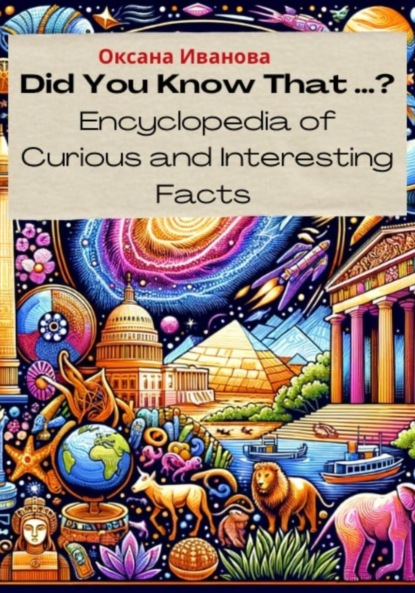What is the Statue of Liberty made of?
How tall is the Statue of Liberty?
How much does the Statue of Liberty weigh?
What is the Statue of Liberty's torch made of?
How many windows are in the Statue of Liberty's crown?
What does the Statue of Liberty's crown represent?
Where is the Statue of Liberty located?
When was the Statue of Liberty designated a UNESCO World Heritage Site?
Fact 4.Did you know that the ancient Egyptians used to shave their eyebrows as a sign of mourning?
This intriguing practice, along with other elaborategrooming rituals, offers a fascinating glimpse into their complex society and belief system.
The Cultural Context of Mourning
In ancient Egyptian culture, mourning was a time of intense grief and sorrow. To honor the deceased and express their pain, mourners engaged in various rituals, including shaving their eyebrows. This practice was not limited to the immediate family but also extended to friends and even servants.
Symbolic Significance of Eyebrows
In Egyptian art, eyebrows were often depicted as symbols of beauty, youth, and vitality. Their absence, therefore, represented the loss of these qualities and the transition into a state of mourning. By removing their eyebrows, mourners sought to physically manifest their sadness and detachment from the world.
Other Mourning Practices
Eyebrow shaving was just one aspect of a broader mourning repertoire. Other practices included:
? Wearing dark clothing and covering the face with dust or mud
? Refraining from bathing, perfuming, or using cosmetics
? Cutting off fingernails and hair
? Weeping and wailing in public processions
Gendered Mourning Rituals
Mourning practices differed slightly between men and women. While both shaved their eyebrows, men were also known to grow their beards as a sign of grief. Women, on the other hand, typically wore long, disheveled hair.
Duration of Mourning
The duration of mourning varied depending on the social status of the deceased. For high-ranking individuals, such as pharaohs and priests, mourning could last up to 70 days. For ordinary citizens, it typically lasted between 30 and 40 days.
Hygiene and Religious Beliefs
In addition to its symbolic significance, eyebrow shaving was also a practical hygiene measure. During mourning, Egyptians were expected to remain in a state of ritual purity. Shaving eyebrows helped preventlice and other parasites from infesting the face.
Evolution of Mourning Practices
Over time, Egyptian mourning practices evolved. During the Roman period, eyebrow shaving became less common, while other forms of mourning, such as covering the face with a veil, gained prominence.
Legacy of Egyptian Grooming
The grooming practices of ancient Egyptians continue to fascinate scholars and enthusiasts alike. By understanding the cultural and symbolic significance of these practices, we gain a deeper appreciation for the complexities of their society and their beliefs about life and death.
WORDLIST:
intriguing – интригующий
elaborate – сложный
grooming rituals – ритуалы ухода
glimpse – проблеск
mourning – траур
ancient – древний
intense grief – сильное горе
sorrow – печаль
deceased – умерший
pain – боль
various – различные
shaving their eyebrows – бритье бровей
immediate family – ближайшие родственники
servants – слуги
significance – значение
depicted as – изображались как
youth – молодость
vitality – жизненная сила
absence – отсутствие








 Рейтинг:
0
Рейтинг:
0